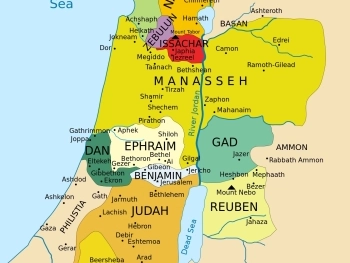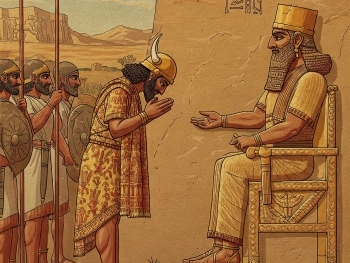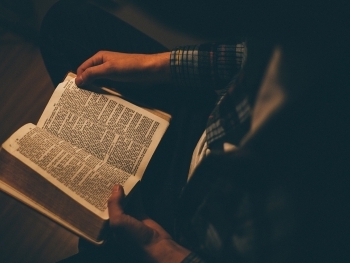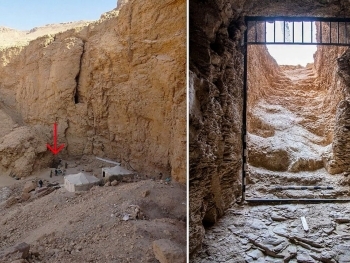
The relationship between Israel and Iran is one of the most complex and volatile in modern geopolitics. In today’s headlines, the two nations are often cast as bitter enemies—divided by ideology, religion, and regional ambition. But this adversarial stance is not rooted in an unchanging hostility. In fact, the story of Israel and Iran spans centuries of shifting alliances, mutual influence, and historical irony. From the days of the Achaemenid Empire to the 20th-century partnerships before the 1979 Iranian Revolution, the relationship has evolved dramatically—from ancient cooperation to modern confrontation.
This article explores how Israel and Iran transitioned from allies in antiquity and early statehood to adversaries in the 21st century, revealing how history shapes—even haunts—modern political narratives.
1. Ancient Persia: A Savior, Not a Foe
Long before Iran and Israel emerged as modern nation-states, they shared a foundational moment in biblical history. In the 6th century BCE, Cyrus the Great, founder of the Persian Empire, conquered Babylon and allowed the Jewish exiles to return to their homeland and rebuild the Temple in Jerusalem.
The Bible praises Cyrus as an anointed one (messiah), a unique honor for a Gentile ruler:
"Thus says the Lord to His anointed, to Cyrus, whose right hand I have grasped..."
— Isaiah 45:1
Persia’s successors—Darius, Xerxes, and Artaxerxes—continued to support Jewish resettlement and religious autonomy, as recorded in the books of Ezra, Nehemiah, and Esther. The Persian period was one of religious tolerance and political restoration for the Jewish people. Far from being enemies, ancient Persia (modern Iran) played a pivotal role in shaping post-exilic Jewish identity.
2. Jewish Life in Persia: A Longstanding Community
Even after the return to Zion, many Jews remained in Persia. Over time, Persia became home to one of the largest and most enduring Jewish diaspora communities, contributing richly to Jewish intellectual and spiritual life. The Babylonian Talmud, the cornerstone of rabbinic Judaism, was compiled in the broader region under Persian rule.
Persian Jews were integrated into society and held positions of influence at various times. Even into the 20th century, Iran’s Jewish population remained one of the most significant in the Middle East.
3. The 20th Century: From Quiet Cooperation to Strategic Alliance
The rise of modern Israel in 1948 was met with hostility by most Arab nations, but Iran did not immediately follow suit. Under Shah Mohammad Reza Pahlavi, Iran recognized Israel de facto and maintained behind-the-scenes ties. Despite the lack of formal diplomatic recognition, Israel and Iran enjoyed a pragmatic partnership that included:
- Economic cooperation, especially in the oil and trade sectors.
- Intelligence sharing between Mossad and SAVAK (the Shah’s secret police).
- Military collaboration, including arms deals and joint infrastructure projects.
Iran also served as a bridge between Israel and non-Arab Muslim states, playing a quiet but strategic role in counterbalancing Arab hostility.
4. 1979: The Revolution That Changed Everything
Everything changed with the Islamic Revolution of 1979. The overthrow of the Shah and the rise of Ayatollah Khomeini’s theocratic regime brought a radical transformation in Iran’s foreign policy.
The new Islamic Republic of Iran viewed Israel not as a regional partner, but as a colonial, illegitimate state imposed by Western powers. Khomeini dubbed Israel the “Little Satan,” second only to the “Great Satan” (the United States) in his ideological lexicon.
Post-1979, Iran:
- Severed all diplomatic ties with Israel.
- Funded and armed anti-Israel groups, including Hezbollah in Lebanon and later Hamas in Gaza.
- Engaged in a war of rhetoric, calling for the destruction of Israel and denying the Holocaust in various forums.
- Pursued a nuclear program widely seen by Israel as a threat to its existence.
This marked the beginning of a deep and enduring geopolitical rivalry, not only in military terms but also in ideology and influence across the broader Middle East.
5. The Present: A Cold (and Sometimes Hot) War
Today, Israel and Iran stand on opposite sides of almost every major regional conflict:
- In Syria, Iran supports the Assad regime; Israel conducts airstrikes against Iranian targets.
- In Lebanon, Hezbollah serves as Iran’s proxy; Israel views it as a direct threat.
- In Gaza, Iran funds and arms Hamas and Islamic Jihad; Israel responds with military force.
- On the nuclear front, Israel openly opposes any Iranian nuclear enrichment, while Iran claims peaceful intent.
Cyber warfare, assassinations of Iranian nuclear scientists, and shadow conflicts at sea have all escalated the Iran-Israel conflict into a multi-dimensional confrontation.
6. Historical Irony: From Helper to Threat
The historical irony is striking: the nation once seen as a divinely appointed restorer of Israel is now considered by many Israelis as its greatest existential threat.
In ancient times, Iran was a symbol of hope, return, and divine favor. Today, it is viewed as a source of militant opposition and regional destabilization. This reversal invites deeper reflection on how political ideologies—not just religious or ethnic identities—shape historical memory and national narratives.
History as Mirror, Not Prison
The story of Israel and Iran is not a straight line of hostility. It is a story marked by alliance, support, cooperation—and eventually, conflict. Remembering the shared history of these two ancient peoples challenges the idea that today’s animosity is inevitable or permanent.
Understanding that Persia once restored Zion invites new perspectives on modern conflicts. While current realities are defined by threat and suspicion, the long arc of history suggests that nations can evolve, relationships can change, and ancient enmity may yet give way to unexpected peace.
Biblical History Israel and Iran Persian Empire Cyrus the Great Middle East history Jewish exile Islamic Revolution Modern geopolitics Ancient alliances Iran-Israel conflict




















